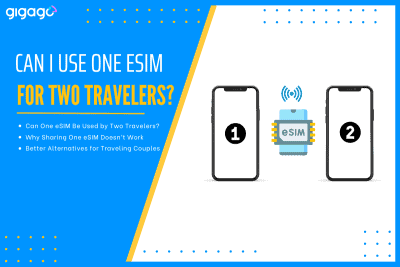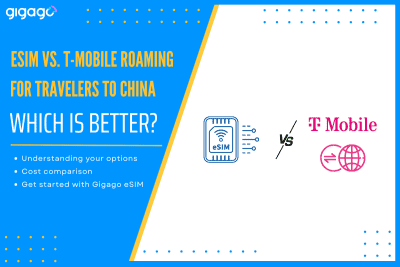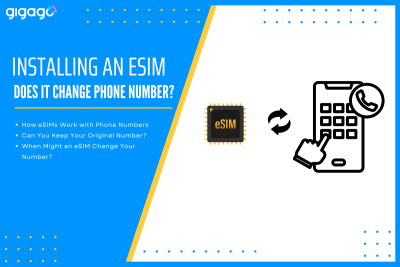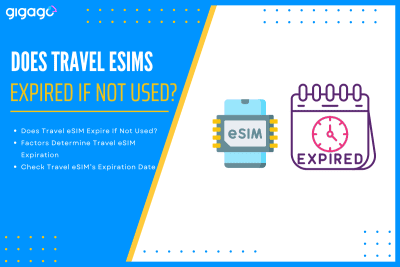When couples or friends travel together, it’s common to look for ways to save on mobile data. One question often comes up: “Can two travelers use the same eSIM?” The short answer is no – one eSIM cannot be used by two different travelers on two separate devices. However, there are practical alternatives that can […]
How much data does Tiktok use?
Understanding how much data TikTok uses is crucial for managing your mobile data plan effectively. As one of the most popular video-sharing platforms, TikTok’s data consumption can vary significantly based on your usage patterns and settings. Whether you’re scrolling through endless entertaining videos or creating content yourself, knowing your data usage can help you avoid unexpected charges and optimize your experience.
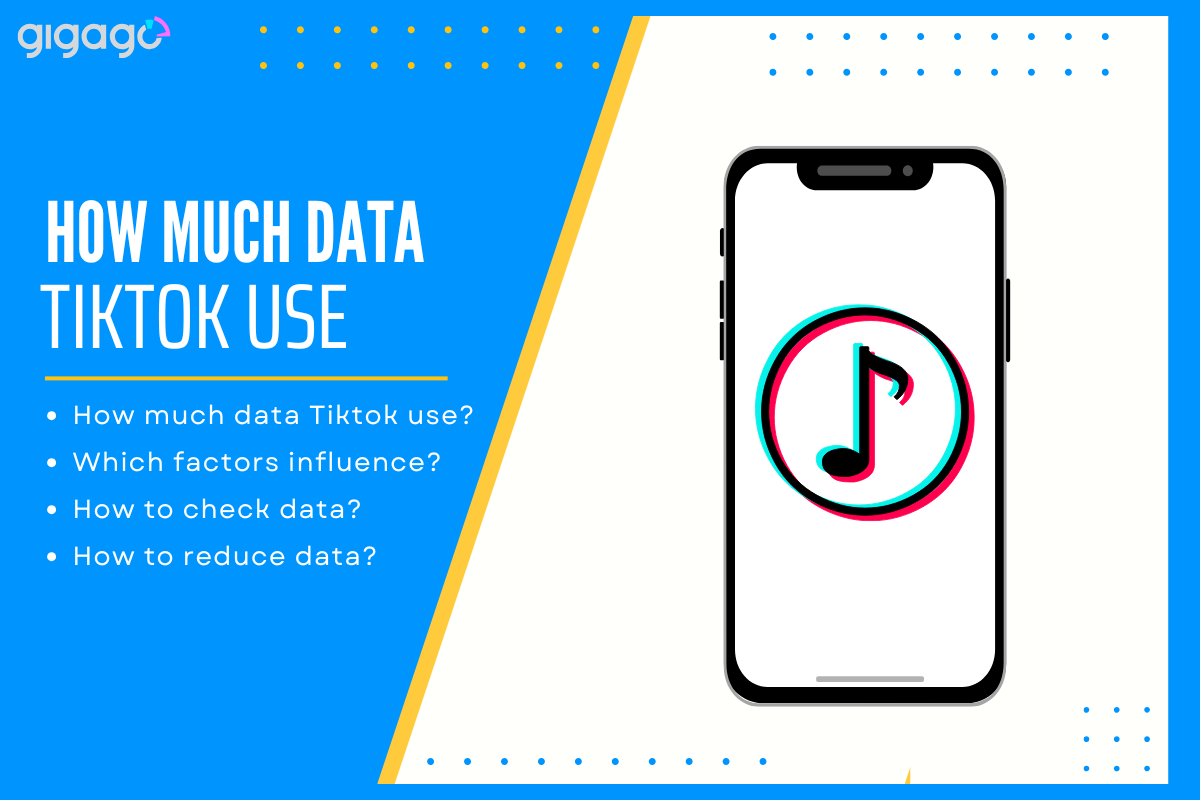
In this article
I. How much data does TikTok use?
If you’re an avid TikTok user, understanding your data consumption is crucial for managing your mobile data plan effectively. TikTok’s data usage can vary significantly based on your settings and viewing habits, potentially consuming a substantial portion of your monthly data allowance.
Default Data Consumption
TikTok’s standard settings prioritize video quality and smooth viewing experience. With auto-play and background preloading features enabled, the app uses approximately 14MB per minute. In practical terms, this means:
- One hour of viewing = 840MB
- Daily hour-long sessions = 840MB/day
- Monthly usage (1 hour daily) = 25GB
Data Saver Mode Consumption
TikTok’s Data Saver mode offers a more economical option by reducing video quality:
- Per minute usage = 6MB
- Hourly consumption = 360MB
- Monthly usage (1 hour daily) = 10.8GB This represents a significant reduction, using less than half the data of standard settings while maintaining acceptable video quality.
► Recommendation: For users concerned about data usage, enabling Data Saver mode offers a practical compromise between video quality and data consumption. While the video quality is slightly reduced, the significant data savings make it a worthwhile option for regular TikTok users who rely on mobile data.
II. Which factors influence TikTok’s data usage?
There are 4 main factors that affect how much data TikTok consumes:
Video Quality TikTok defaults to high-quality video streaming for the best viewing experience. Higher resolution videos require significantly more data than lower quality ones. This is typically the biggest factor in data consumption.
Time Spent on App Your usage duration directly impacts data consumption. A longer session means more videos loaded and more data used. For example:
- A 5-minute session might use 35MB
- An hour of viewing could consume over 400MB Remember that short breaks can easily turn into long viewing sessions.
Content Type
Different types of content use varying amounts of data: Regular short videos use standard data, Live streams consume more data due to continuous streaming, Longer videos (up to 10 minutes) use proportionally more data, HD content uses more data than standard definition
App Settings Your app configuration can significantly affect data usage:
- Default settings prioritize video quality
- Data Saver mode reduces quality to save data
- Auto-play settings can impact consumption
- Download quality settings for saved videos
By understanding these factors, you can better manage your TikTok data usage by adjusting settings and being mindful of your viewing habits.
III. How to check TikTok data usage
Check TikTok’s data consumption through your device’s settings menu. While the app doesn’t have a built-in data tracker, your phone’s system settings can show you exactly how much data TikTok uses.
On iPhone:
- Open Settings
- Select Cellular or Mobile Data
- Scroll down to find TikTok
- If not visible, tap “Show All” to locate it
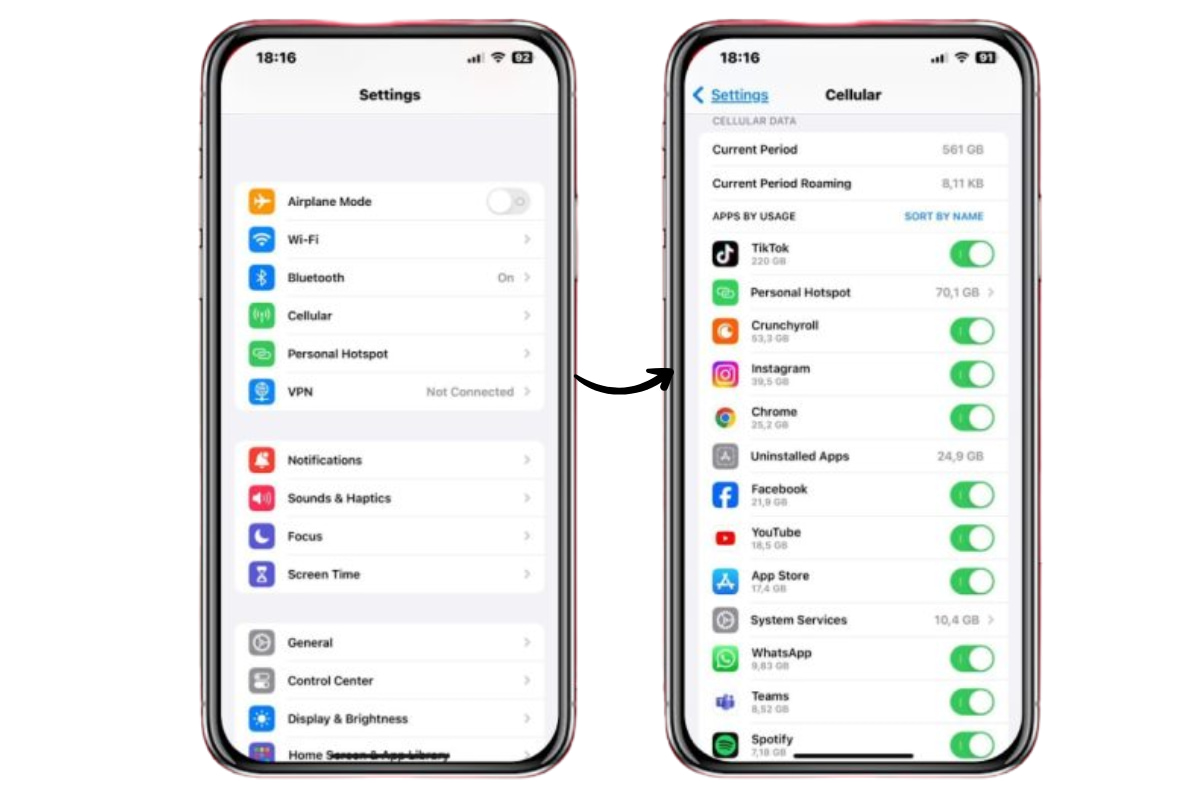
On Android:
- Open Settings
- Select Apps
- Find and tap TikTok
- Look at the Data usage section
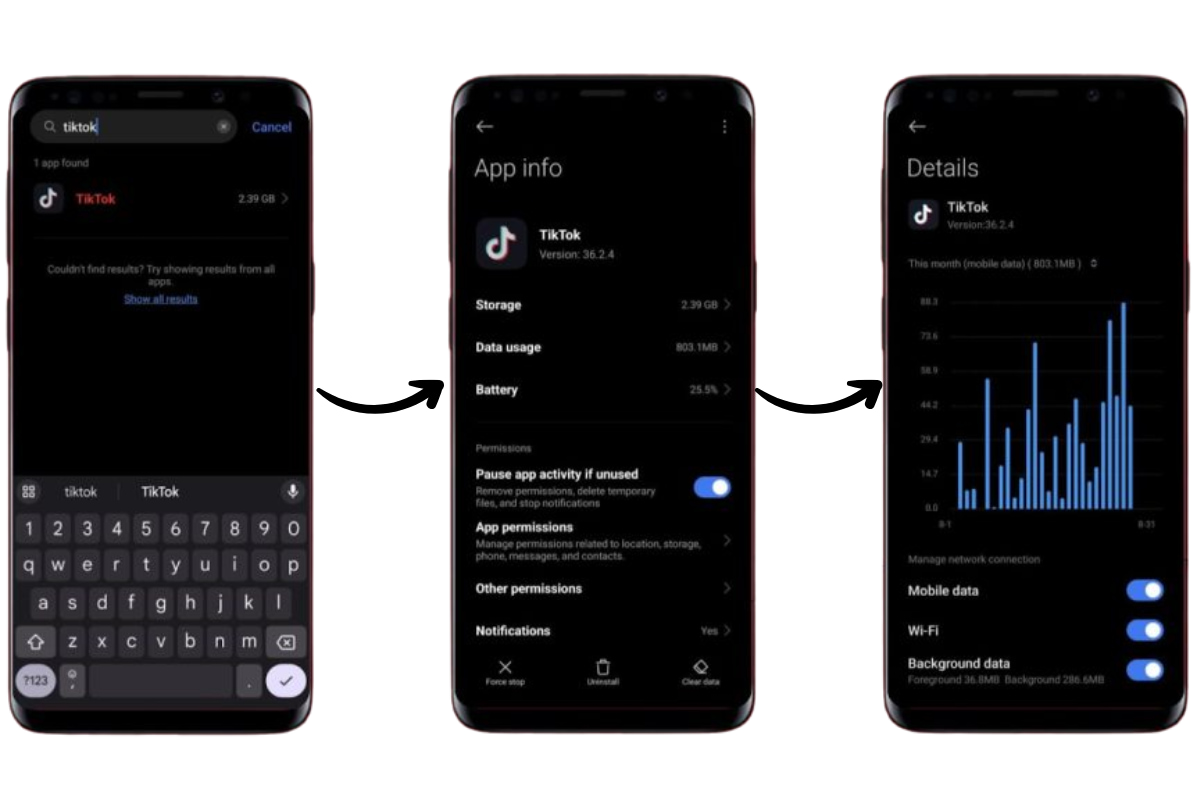
Note: The displayed numbers will show how much mobile data TikTok has used in your current billing cycle.
IV. How to reduce TikTok data usage
Here are three effective methods to minimize your TikTok data consumption while maintaining your daily viewing habits:
Switch to TikTok Lite
TikTok Lite is a streamlined version designed specifically for lower data usage. It offers a similar experience but with reduced video quality and limited features, making it ideal for users with data restrictions or slow internet connections.
Use Wi-Fi Networks
Connect to Wi-Fi whenever possible to avoid using mobile data. While TikTok’s data consumption remains the same whether on Wi-Fi or mobile networks, using Wi-Fi won’t affect your mobile data allowance. Remember to monitor usage if your Wi-Fi plan has limitations.
Enable data saver mode
Activate TikTok’s built-in data saver feature by following these steps:
- Open TikTok
- Profile > Menu (≡)
- Settings > Data saver > On
V. Using TikTok when traveling abroad
International TikTok usage can quickly accumulate expensive roaming fees. An eSIM offers a more affordable solution, allowing you to activate local data plans directly on your phone without physical SIM cards. With Gigago eSIM coverage in over 200 countries, you can maintain your TikTok habits while traveling without worrying about excessive charges.
VI. FAQs
Does TikTok use data in the background?
Yes, TikTok consumes data through video syncing and notifications even when not actively used. To manage this, iPhone users can disable it in Settings > General > Background App Refresh, while Android users can turn it off in Settings > Connections > Data Usage > Mobile Data Usage.
How much data can I save using TikTok Lite instead of TikTok?
TikTok Lite reduces data consumption by approximately 50% compared to the main app. This savings comes from lower quality video playback and optimized resource usage, making it ideal for users with limited data plans.
How long does 1 GB last when using TikTok?
With default settings, 1 GB of data provides about 1 hour and 10 minutes of continuous TikTok scrolling. Using data-saving mode can extend this to nearly 4 hours, depending on your viewing habits.
Which app uses more data, TikTok or Instagram?
TikTok uses more data than Instagram because it’s primarily video-based. While Instagram mixes photos and videos, TikTok’s continuous video streaming requires significantly more data bandwidth.
